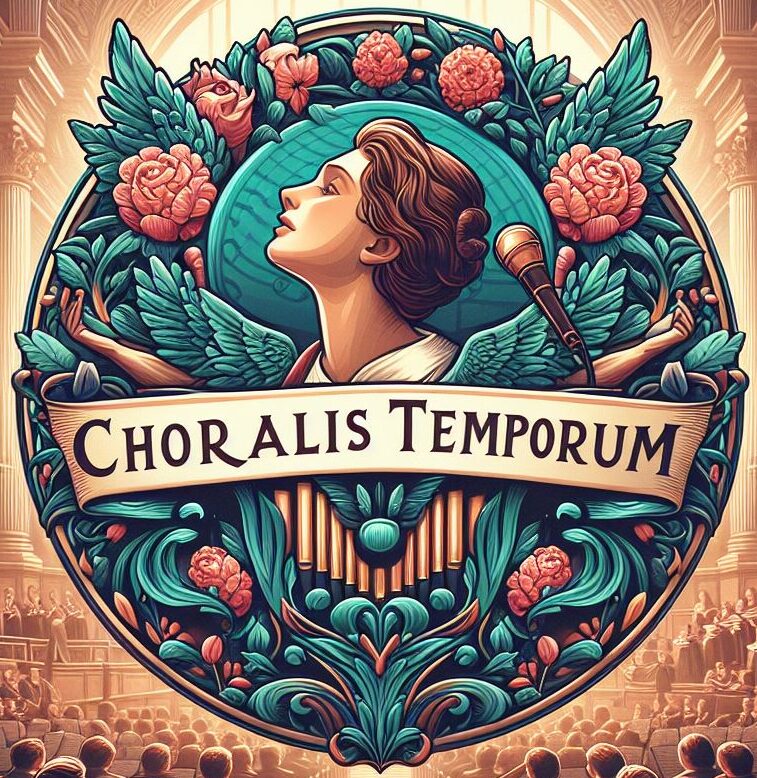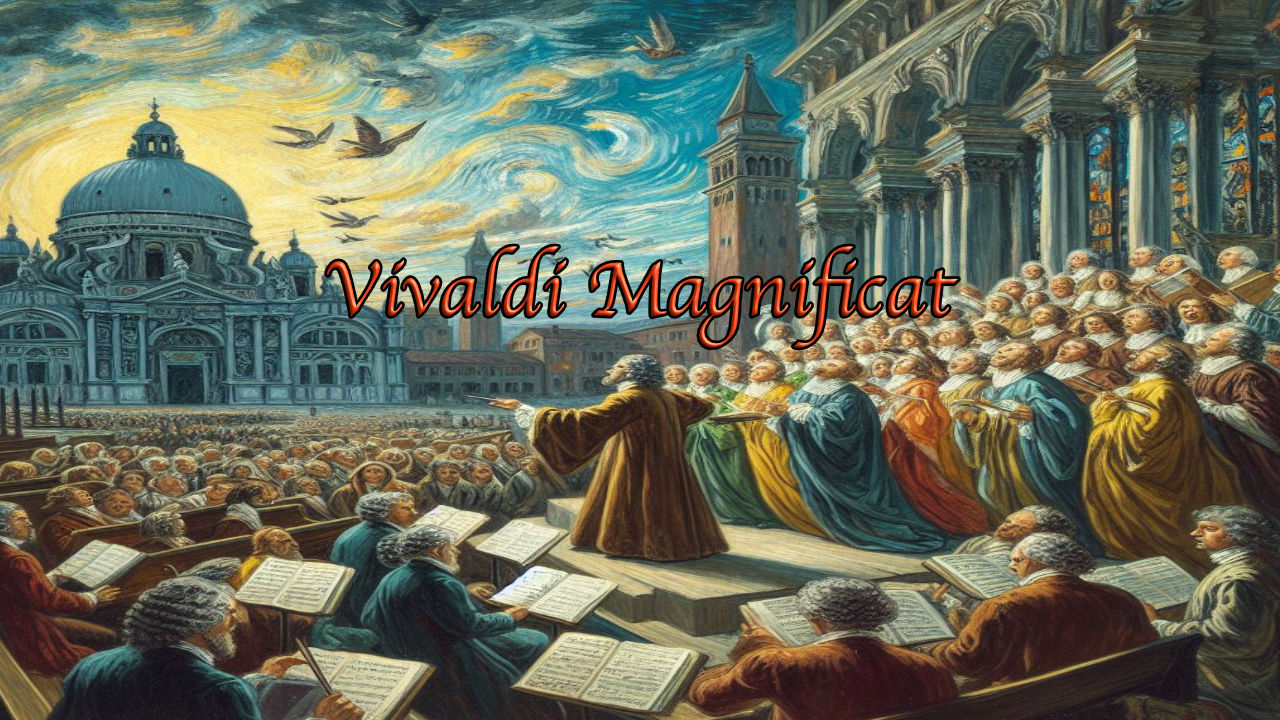Vivaldi Magnificat is the name given to several settings of the Magnificat canticle by the Italian composer Antonio Vivaldi. The Magnificat is a song of praise that Mary sang when she visited her cousin Elizabeth, according to the Gospel of Luke. It is part of the Catholic and Anglican vesper services1
Vivaldi wrote his first version of the Magnificat in G minor, RV 610, around 1715 for the Ospedale della Pietà, an orphanage for girls in Venice where he worked as a music director. He later revised it and added two oboes, creating RV 610a. He also wrote a different version, RV 611, which replaced some of the choral sections with solo arias for the girls of the orphanage23
Vivaldi’s Magnificat is divided into nine movements, each corresponding to a verse of the Latin text. The music is expressive and varied, ranging from solemn and majestic to lively and joyful. Some of the highlights include the opening chorus, the duet for two sopranos in “Et exultavit”, the fugue in “Fecit potentiam”, and the double choir in “Sicut locutus est”4
Vivaldi’s Magnificat is one of his most popular and frequently performed sacred works. It showcases his mastery of vocal and instrumental writing, as well as his ability to convey the meaning and emotion of the biblical text5
1: [Magnificat – Wikipedia] 2: Magnificat (Vivaldi) – Wikipedia 3: Vivaldi: Magnificat, RV611 (page 1 of 1) | Presto Music 4: MAGNIFICAT (RV 610) by Antonio Vivaldi {Audio + Full score} 5: Vivaldi – The Four Seasons 6: Magnificat, RV 610a (Antonio Vivaldi) – ChoralWiki – CPDL : [Magnificat – Wikipedia]

